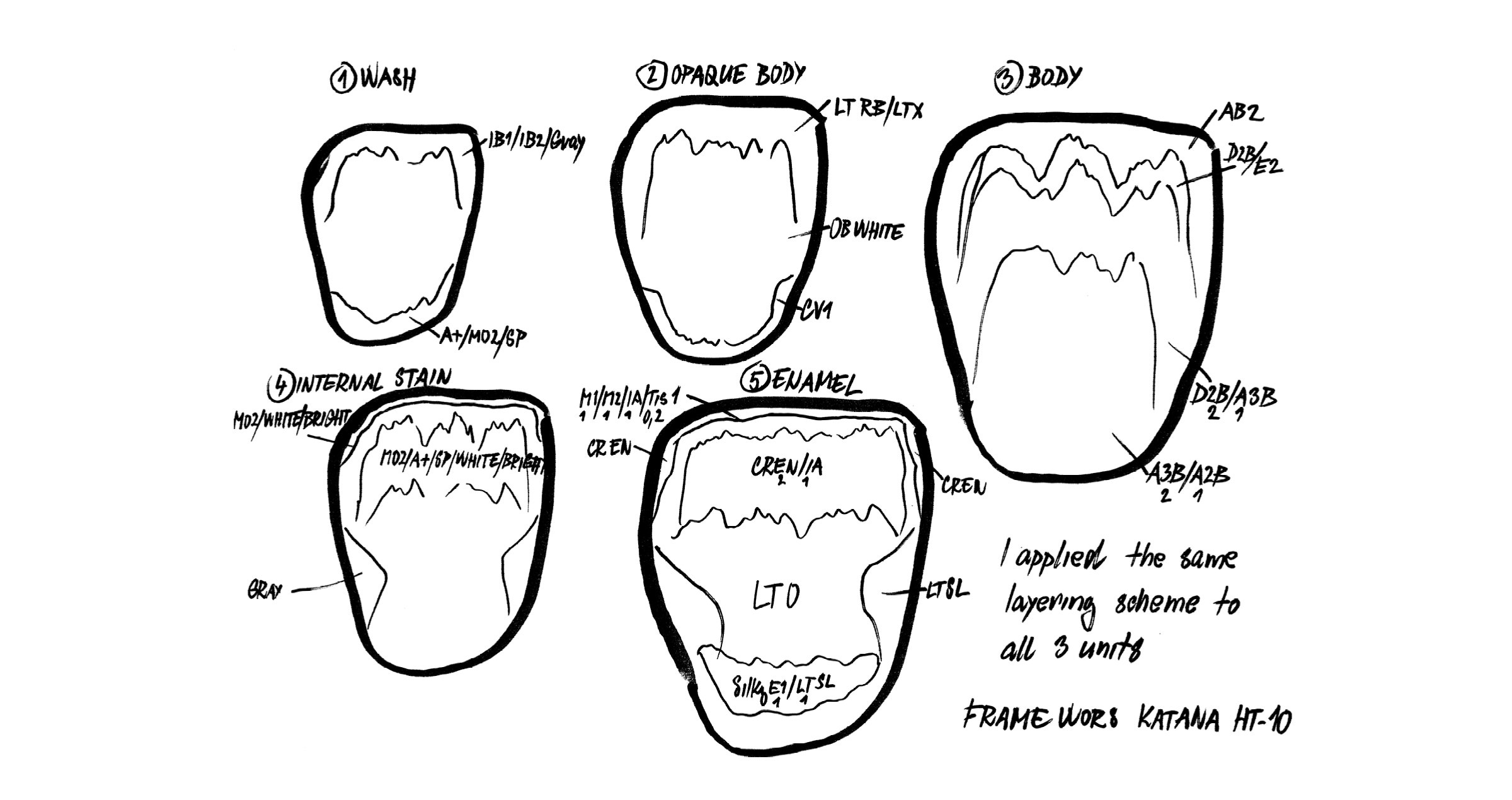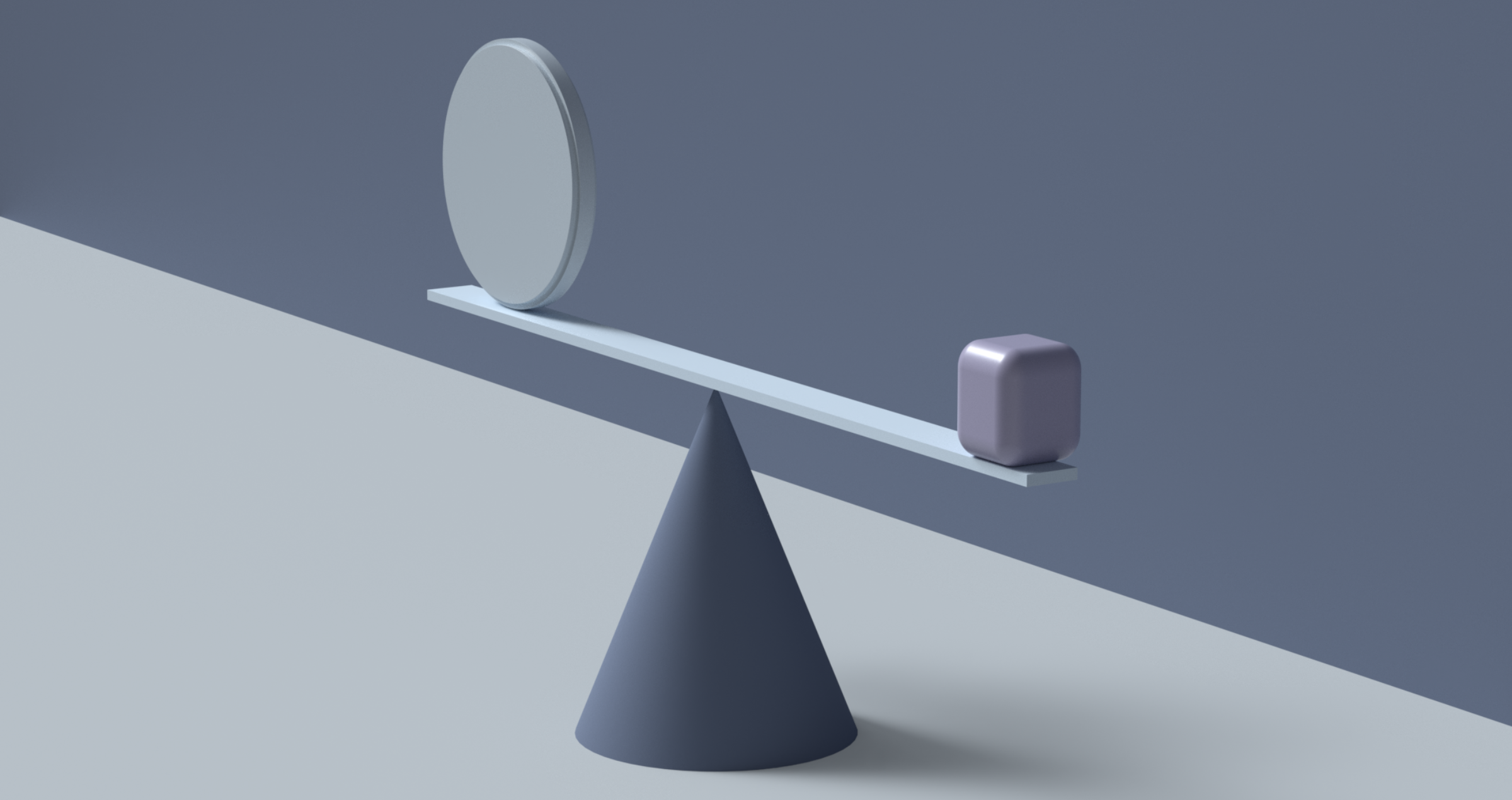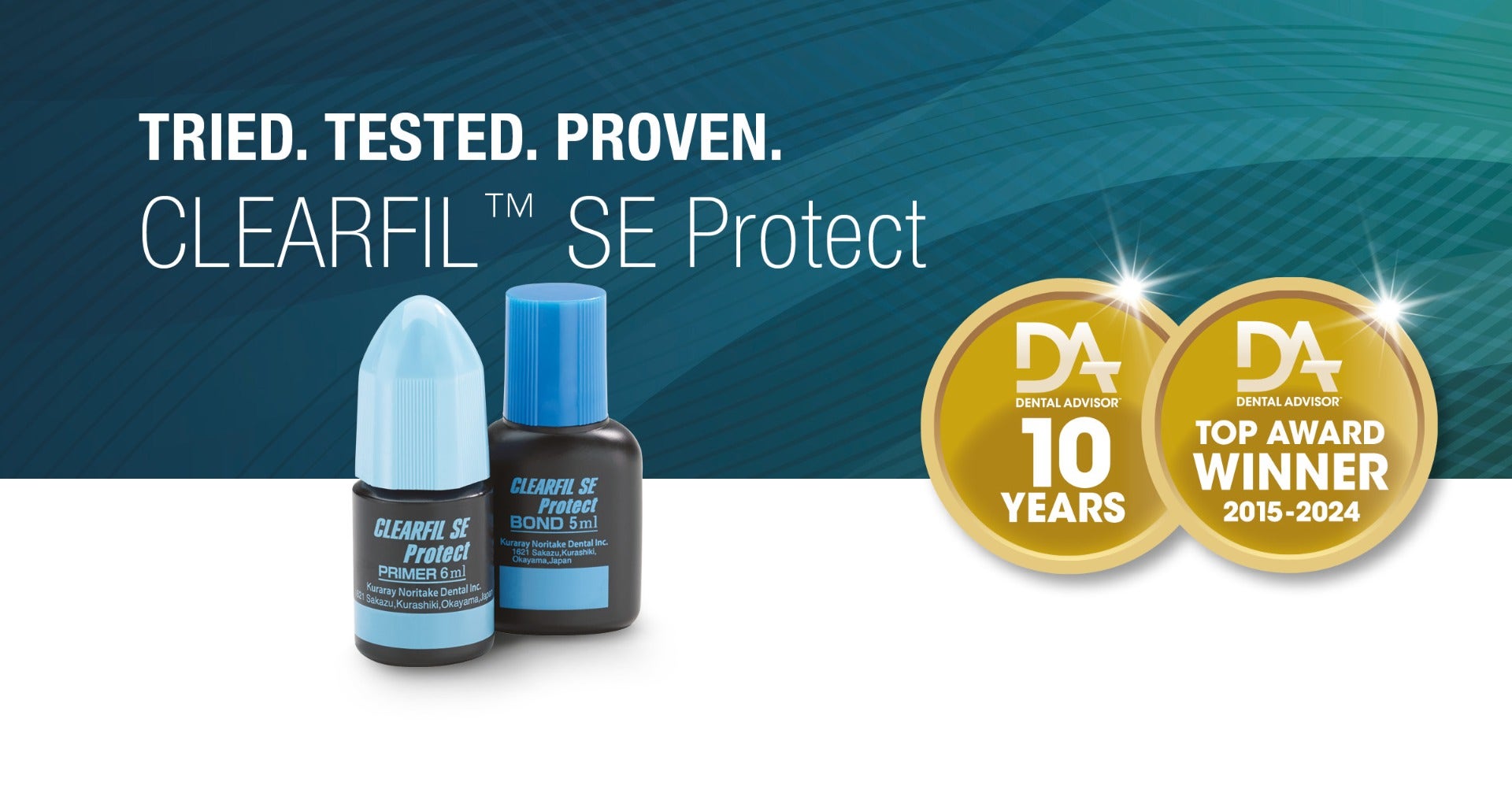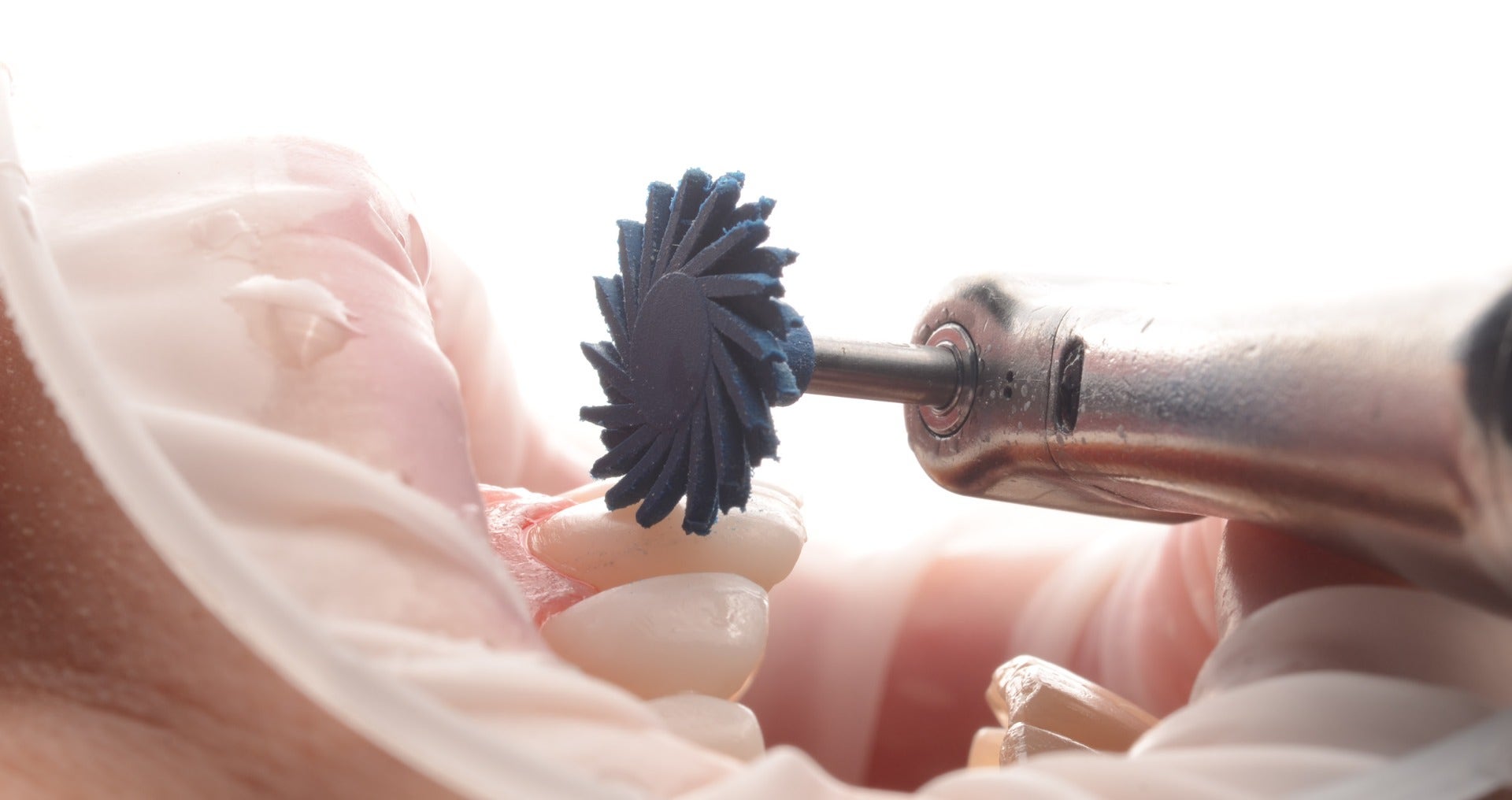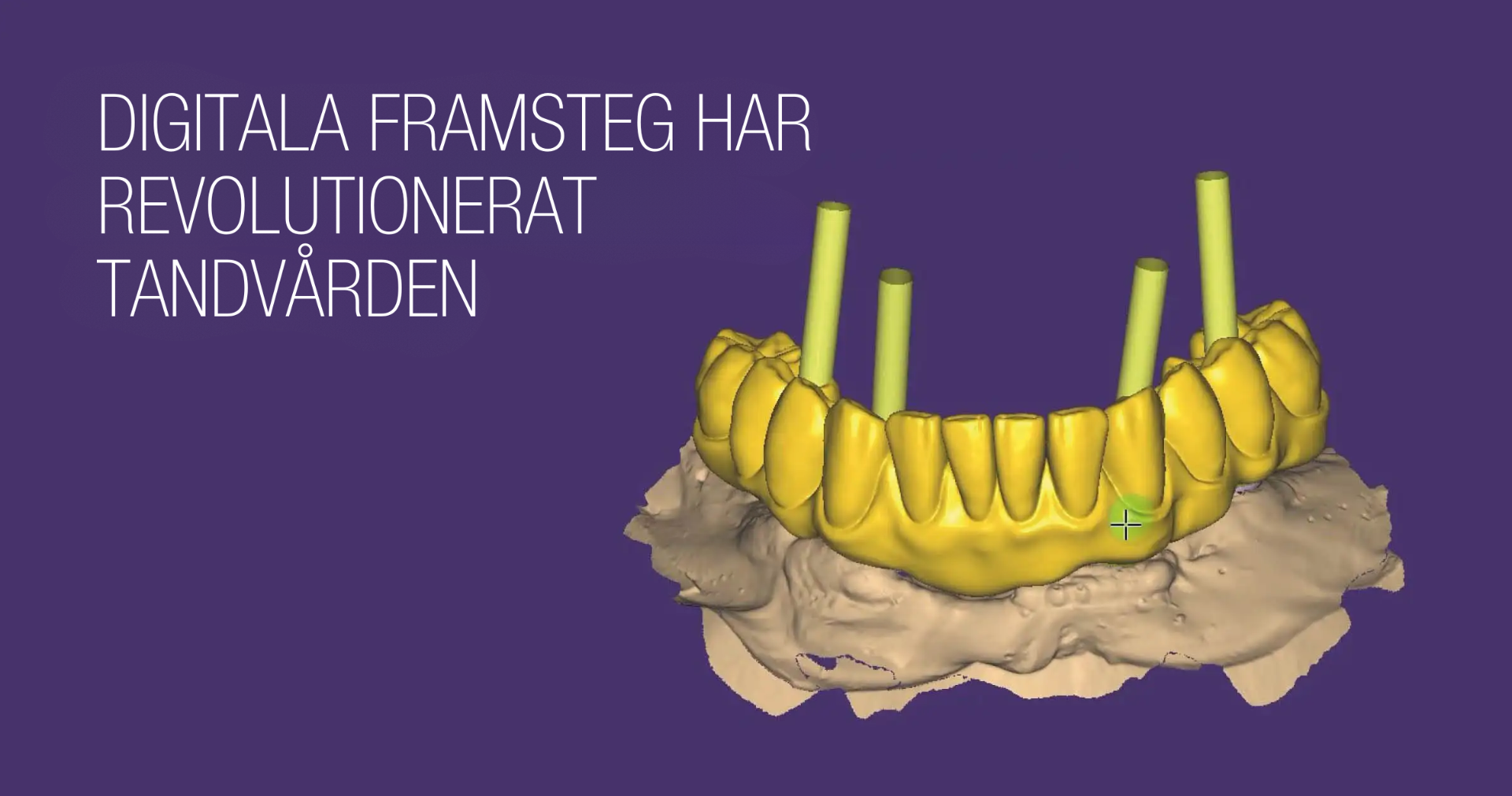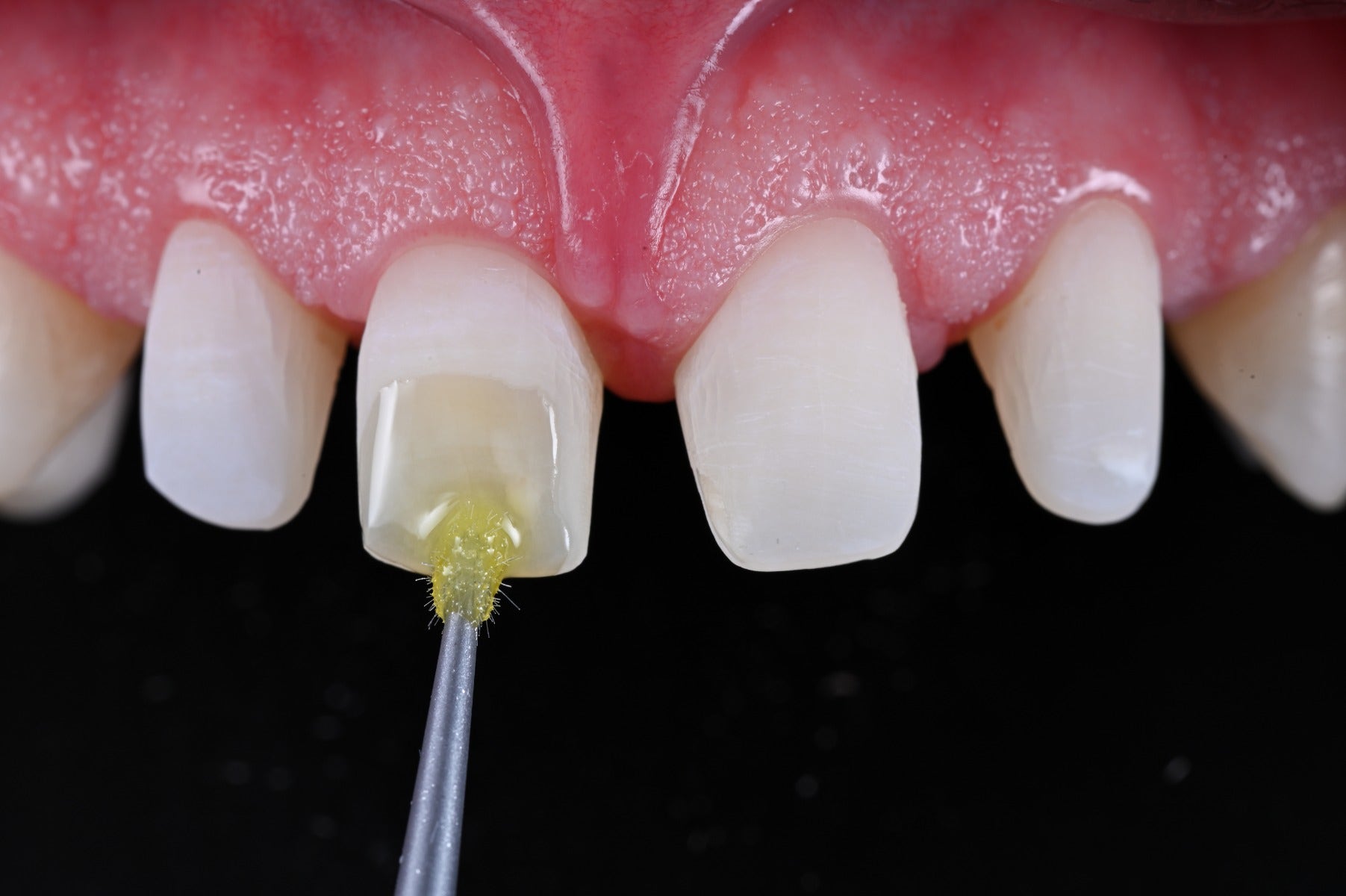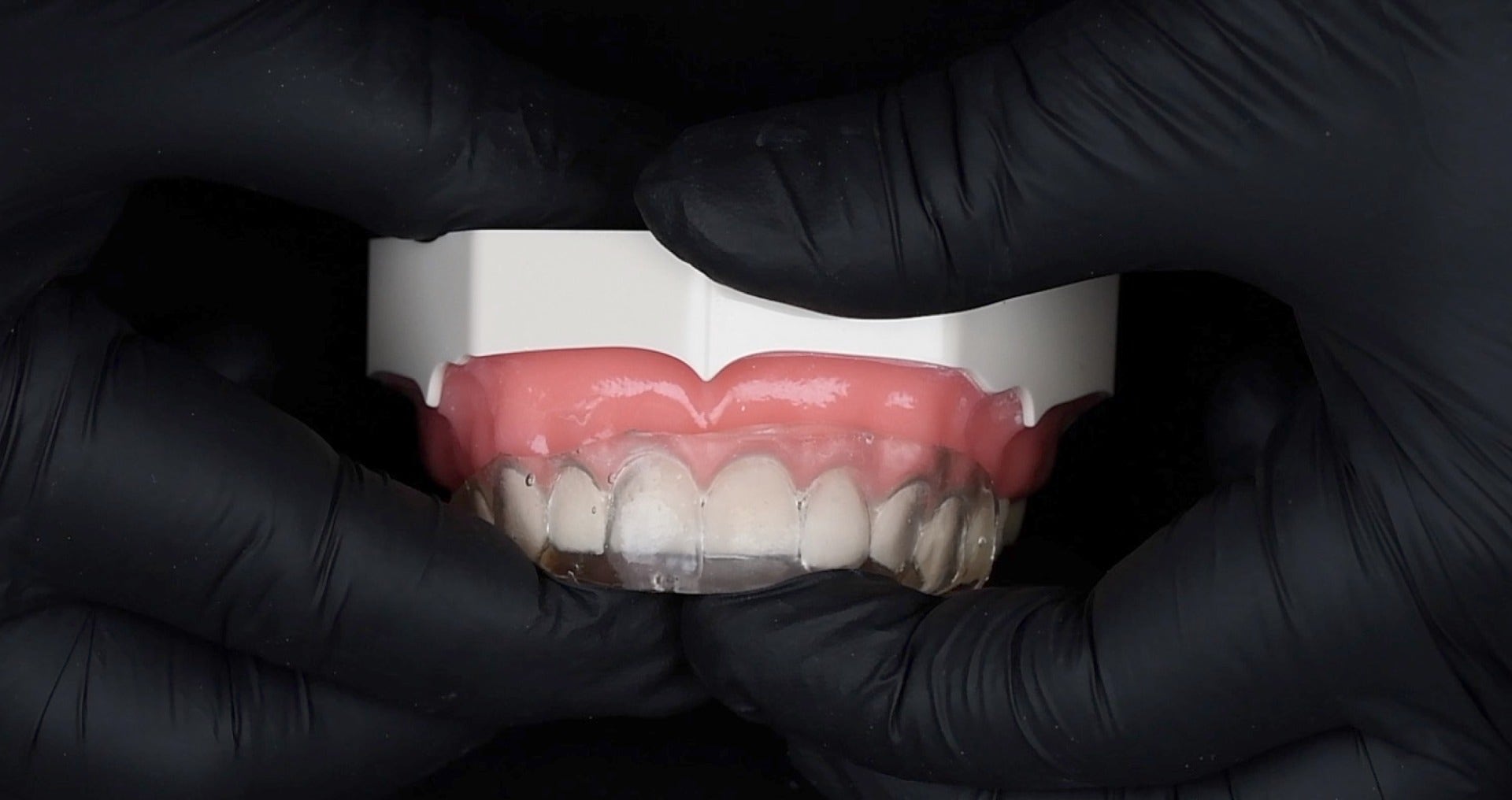Importance of high-quality prosthodontic treatment
High-quality treatment is probably the most important element on the road to patient satisfaction. During every single appointment, the patient wants to feel well cared for by a skilled professional, while chair time and the number of appointments should be reduced to the necessary minimum. This implies that, in the context of prosthodontic treatment, a restoration needs to fit perfectly straight away and be stable over time to avoid remakes and extra appointments.
But how is it possible to deliver perfectly fitting, high-quality restorations every time? Among the potential sources of problems with the quality of indirect restorations are common mistakes made in the dental office or laboratory, communication issues and – often overlooked – the use of low-quality dental zirconia.
Zirconia restorations – contemporary and aesthetic dental solution
More than 20 years ago, zirconia entered the dental market as a substitute to metal used for the production of crowns and bridges. Both materials – zirconia and metal – were usually combined with a layer of porcelain, forming porcelain-fused-to-metal or porcelain-fused-to-zirconia restorations. In the years to come, several leading manufacturers of dental zirconia (like Kuraray Noritake Dental Inc.) focused on material improvements. These improvements gradually transformed the original white-opaque framework material into a ceramic material with tooth-like optical and excellent mechanical properties. The latest zirconia variants, available with different levels of translucency and strength, are regarded as the best-possible treatment option in a wide variety of patients and indications by many dental professionals around the world. One reason is that they require just a small or no layer of porcelain. Another is that, with low minimum wall thicknesses, they allow for conservative tooth preparations, while they offer a favourable long-term behaviour – that is, if a high-quality material is used.
Quality differences of dental zirconia
Zirconia product quality may vary depending on various factors such as the purity of the raw materials (not only zirconia, but also alumina and yttria as well as colour additives etc.), the exact chemical composition, the grain size and particle distribution. Every step in the blank production process – from powder compilation to blank pressing and pre-sintering – has an impact on the final quality, i.e., the mechanical and optical properties of the zirconia, too.
Common issues resulting from low-quality zirconia
Whenever there is something wrong with the optical properties of a restoration – with its translucency, its overall colour or the transition from one layer to the next in blanks with a multi-layered colour structure – the problem will become apparent after the final sintering procedure in the laboratory. A remake might be necessary and eventually, the blemish might be identified during try-in, which will most likely have a negative impact on patient satisfaction. The same is true for cases with an improper fit resulting from inhomogeneities in the material structure, for example. What is even worse is an inferior biocompatibility, surface quality, edge stability, flexural strength or fracture toughness. These issues are identifiable only with testing equipment that is very expensive and usually not available in dental laboratories. This means that flaws of this kind usually remain undetected until a real clinical problem – like gingival recession, increased plaque accumulation, higher wear or an early failure that might cause pain and discomfort – occurs.
Overview of potential problems and clinical consequences for patients
|
Potential problem of substandard zirconia |
Potential clinical consequence for patients |
|
Limited biocompatibility |
Gingival recession / inflammation |
|
Inhomogeneities in the material structure |
Improper fit of the restoration |
|
Inferior surface quality: porous surface |
Increased plaque accumulation > periodontal problems, caries |
|
Inferior surface quality: rougher surface texture |
Harder to smoothen and polish > high antagonist wear |
|
Low edge stability |
Marginal cracks and fractures > early repair or replacement |
|
Low flexural strength |
Decreased longevity > early replacement |
|
Limited fracture toughness |
Fractures / limited longevity > early replacement |
Certification and standardization of dental zirconia
That is why specialists have developed an ISO standard (ISO 6872:2015), which describes in-vitro tests every manufacturer of dental zirconia used in Europe or the United States needs to conduct in order to pass FDA approval and receive the CE mark. The described tests are used to measure the flexural strength and fracture toughness, the two probably most important properties determining the long-term behaviour of restorations produced from the material. Every material used in Europe or the United States needs to have passed these tests.
How to avoid placing low-quality dental zirconia restorations in your patients’ mouths
Hence, everyone using this certified dental zirconia should be safe and able to minimize material-related risks. However, the increasing popularity of dental zirconia has attracted the attention of companies trying to have their share of the cake without undergoing the necessary efforts needed to safeguard a high product quality and pass certification. Non-certified products that lack CE marking have one thing in common: they definitely put your business and patient at risk.
So how is it possible to safeguard zirconia product quality from the dental office? The good news is that there are some simple rules available. By following them, you are able to avoid placing counterfeit or low-quality dental zirconia restorations in your patients’ mouths.
Avoid placing counterfeit or low-quality dental zirconia restorations in your patients’ mouths.
Three golden rules to provide your patients with high-quality zirconia restorations:
- Only order restorations that are produced domestically or in a region with the same standards as your own: restorations produced in dental laboratories in China, for example, need to fulfil lower standards (thus lacking CE mark) and might not live up to your expectations.
- Talk to your (domestic) laboratory partner about the source of their zirconia: make sure they are purchasing zirconia from leading manufacturers (e.g. Kuraray Noritake Dental Inc.) via authorized distributors or sellers they really know.
- Avoid deals that are too good to be true: low prices may be tempting, but the final cost of a treatment may be even higher than usual when complications occur.
Long-term impact for patients when using certified zirconia restorations
Making certain that the zirconia placed in your dental office fulfils the highest possible quality standards is an important contribution to long-term patient satisfaction. Even if the initial cost of high-quality zirconia restorations is somewhat higher than that of inferior-quality work, the overall investment may be lower when the restorations last longer and remakes are eliminated. Your happy patients are likely to be more engaged and compliant with oral hygiene regimens as well as loyal, with a positive impact on your reputation and patient base.
Research zirconia options and choose for products from certified manufacturers
If you would like to go one step further, you can even compare certified zirconia variants from several manufacturers and detect differences. Kuraray Noritake Dental Inc., for example, is one of very few manufacturers of dental zirconia carrying out the whole manufacturing process including raw material production in-house. In this way, the company is able to control every step in the procedure and provide for an outstanding product quality – no matter which material variant is selected. With the available portfolio consisting of KATANA™ Zirconia UTML (ultra translucent multi-layered), KATANA™ Zirconia STML (superior translucent multi-layered) and the high-translucent multi-layered HTML PLUS as well as YML (with additional strength and translucency gradation), it is possible to cover virtually every indication.



